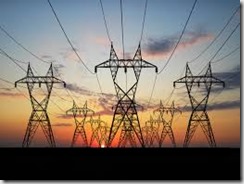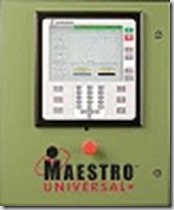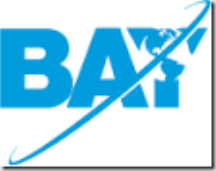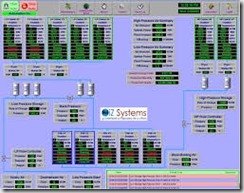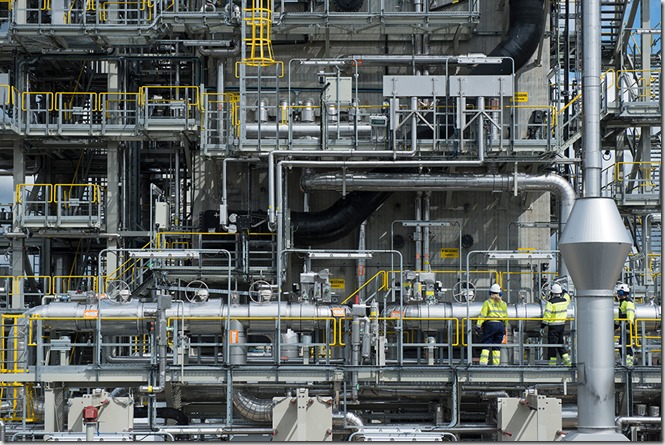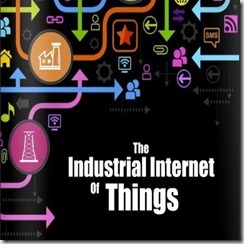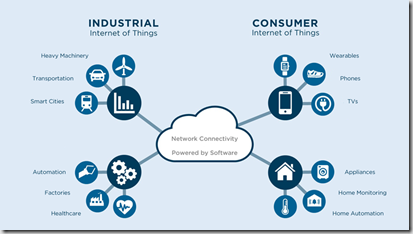
Decisions, Decisions!
Last month I posted an article discussing the options of using compressed air vs. electric. There were several questions regarding cost calculations.
As a follow up, Todays post will discuss compressed air cost calculations to determine if compressed air should be used for specific applications.
This allows you to determine if compressed air should be used in specific applications (ie. as fans or blowers), or if other electric-motor operated equipment would be more efficient.
First calculate the volume of air produced annually for a specific operation by multiplying:
horsepower (hp)
cubic feet per minute per horsepower (cfm/hp)
total operating hours per year (hr/yr)
60 minutes per hour (60 min/hr)
% time fully loaded
% full-load horsepower
Volume of air produced annually

Then calculate the cost per 1,000 cubic feet (cf) by dividing the total energy cost to operate the air compressor by the volume of air produced annually, then multiply by 1,000. Cost per year / Volume of air products * 1000 cf
Example Calculations
The following example represents a typical small job-shop manufacturer.
A facility operates a 100 hp air compressor 4,160 hours annually. It runs fully loaded, at 94.5 percent efficiency, 85 percent of the time. It runs unloaded at 25 percent of full load at 90 percent efficiency, 15 percent of the time. The electric rate is $0.06 per kWh, including energy and demand costs. The cost per year to power the air compressor will be as follows.
Fully Loaded

Unloaded

The total annual energy cost to operate the air compressor is $17,524. The following calculation shows how much it will cost to use compressed air to operate a specific end use. Assume 3.6 cfm per horsepower and that this rate applies when the compressor is fully loaded.

Volume of air produced annually Cost per 1,000cf ($17,524 / 76,377,600) * 1000 = $0.23
Over the life of a compressor, energy costs will be five to 10 times the compressor’s purchase cost. Energy savings can rapidly recover the extra capital required to purchase an energy-efficient air compressor .
A 1.17 rated horsepower air operated mixer uses 45 cfm at 80 pounds-per-square-inch (psi) and operates 40 hours per week. The cost of the compressed air to operate this motor over a year is $1,292. A comparably sized electric motor of Energy Policy Act (EPACT) efficiency, rated for hazardous locations, is around $350. The cost to operate the EPACT motor under the same conditions is less than $100 per year. Including installation, payback is under one year.



